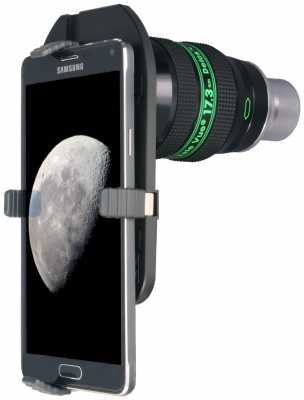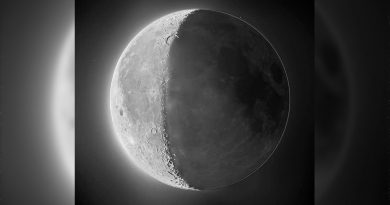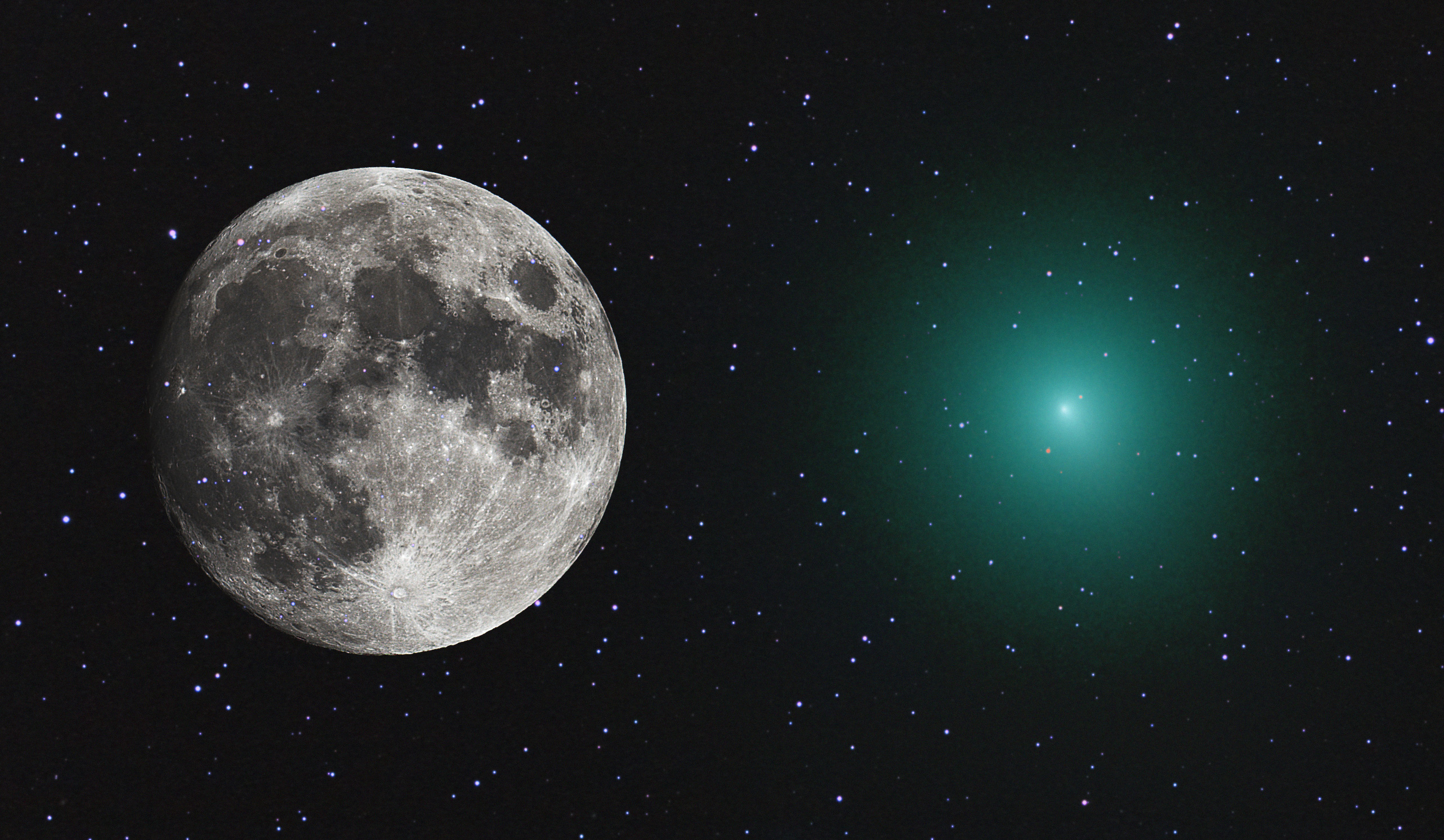Powermate Solar Imaging from Kent, UK!
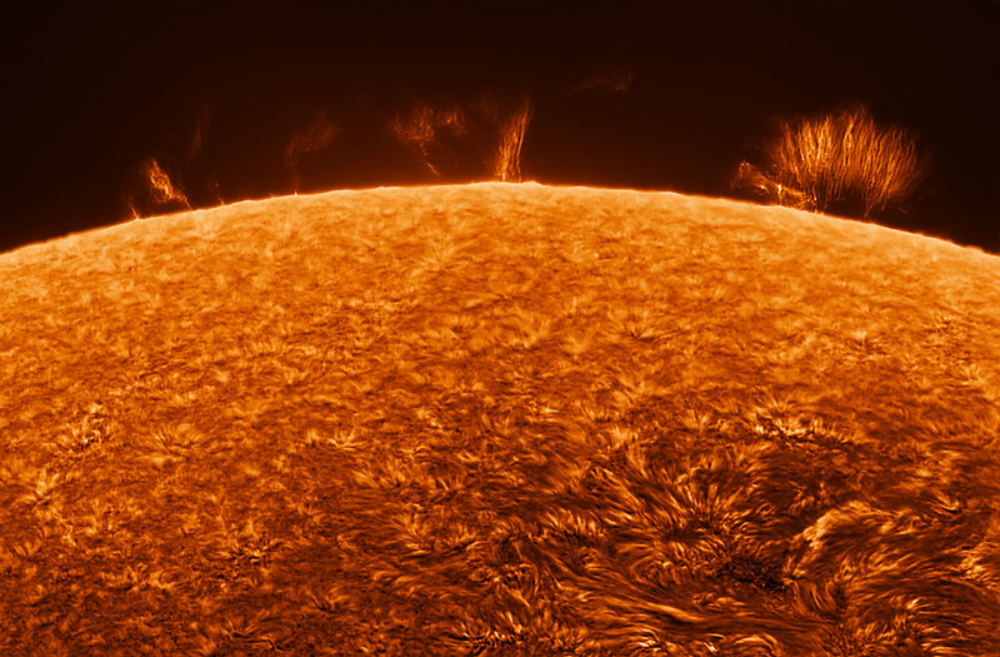
Paul Andrew has been an amateur astronomer since the age of 11. He is the founder and Honorable President of the South East Kent Astronomical Society in the UK. He’s had a number of his astrophotographs published — in particular, his solar images — in national newspapers and on websites as far afield as Russia. He’s been short-listed for the prestigious Insight Astronomy Photographer of the Year competition four times now. We’ve noted his high-quality solar images and discovered that many were made with our Tele Vue 2.5x Powermate in the imaging train. So, we present a selection of his work in this week’s blog.
Prominence time lapse of 20 minutes (cloud limited). “It is amazing the amount of motion within the prominence in such a short period of time.” Taken 31st August 2014.
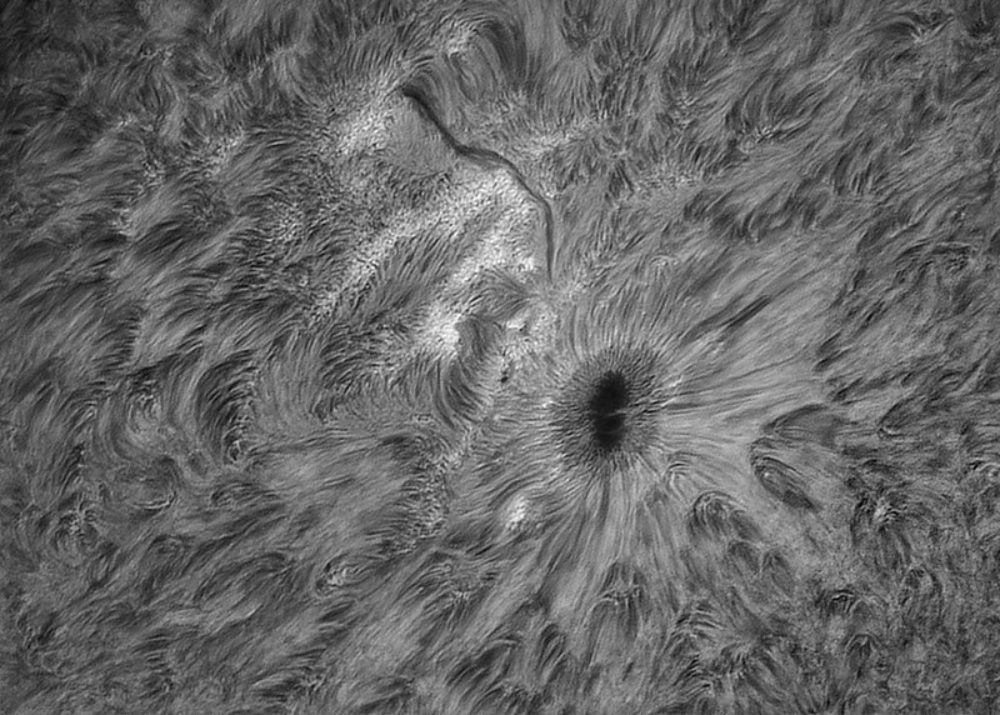
Paul’s dedicated roll-off-roof observatory houses a Lunt LS152THA on a Sky-Watcher EQ6 Pro mount. Photography is carried out with either a ZWO ASI290MM or an Altair Hypercam 174M camera, with the Tele Vue 2.5X Powermate.
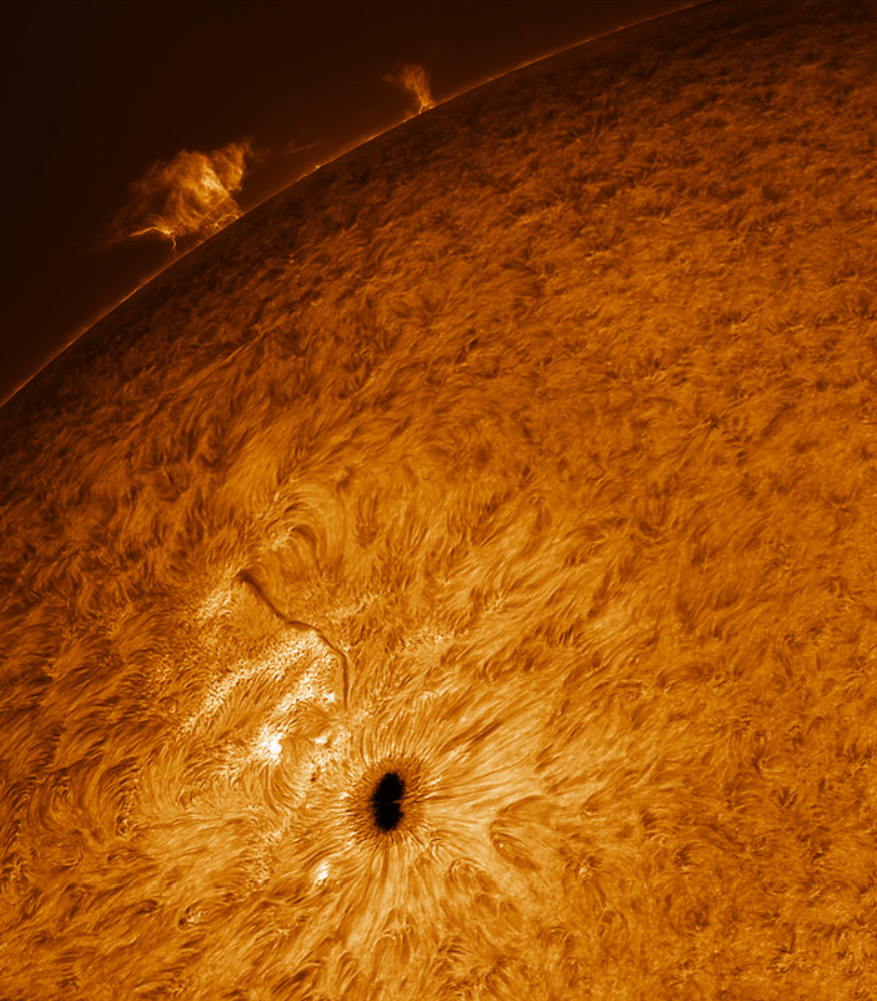
Paul told us why he chose the Powermate for his Solar imaging work.
With the Tele Vue 2.5x Powermate being telecentric and of a high optical performance it was my first and main choice for solar imaging. In addition, coupled with my two mono cameras (a ZWO ASI290MM and a Hypercam 174M) the Powermate gives me my ideal image scale for high-resolution solar work. All in all, a no brainer!
We wish Paul clear skies and continued success with his solar imaging.
Powermates Give Your Scope Greater Magnification
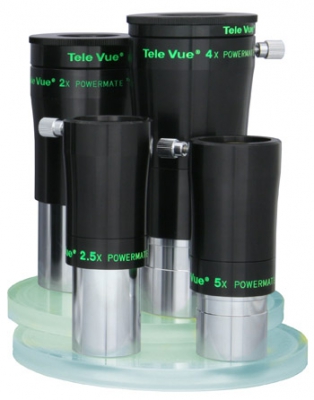
Tele Vue Powermate™ photo / visual amplifiers increase the focal length of your scope with reduced aberrations, greater magnification potential, and compact size compared to typical Barlow lenses. Also, Powermates™ can be stacked with no adverse impact. Tele Vue Powermates™ are available in 2″ barrels (2x & 4x) with 1¼” adapters and 1¼” barrels (2.5x & 5x). They Can be used with diagonal or without using a short extension.

Imaging with Powermates™ is easy: the visual tops all unscrew to accept a specific Tele Vue Powermate™ T-Ring Adapter for use with standard camera T-rings. Otherwise, a camera just needs a slip-in 1¼” or 2” nosepiece to slide into the visual top.
Did you observe, sketch, or image with Tele Vue gear? We’ll like your social media post on that if you tag it #televue and the gear used. Example:
#televue #tv85 #powermate #solareclipse
Instagram users! Do you want your Tele Vue images re-posted on Tele Vue Optics’ Instagram account? Use this hashtag for consideration:
#RPTVO
Penumbral Lunar Eclipse (July 5th)
People in the Americas, western Europe, and Africa will see the third of four Lunar Eclipses this year. All are “penumbral” which means the Moon will pass through the dim outer shadow cast by the Earth. This slow-moving event will peak at 04:29:51 UT as the Moon passes through the edges of Earth’s shadow causing its northern hemisphere to darken slightly.

The best way to prove to your friends an eclipse took place at all is with a time-lapse video showing the Moon “dipping its toes” in the Earth’s shadow. A smartphone with a time-lapse app makes it easy to do this. To reasonably enlarge the size of the Moon, you’ll need to image through your telescope with the smartphone. We recommend using the sturdy clamp-arms of Tele Vue’s FoneMate™ connected to a compatible low-power Tele Vue eyepiece. A tracking mount for your scope will help keep the Moon in view during the time-lapse.
More Info
- Powermate page on our website (mobile site)
- More Powermate images
- Paul’s Flickr page, and Facebook page

